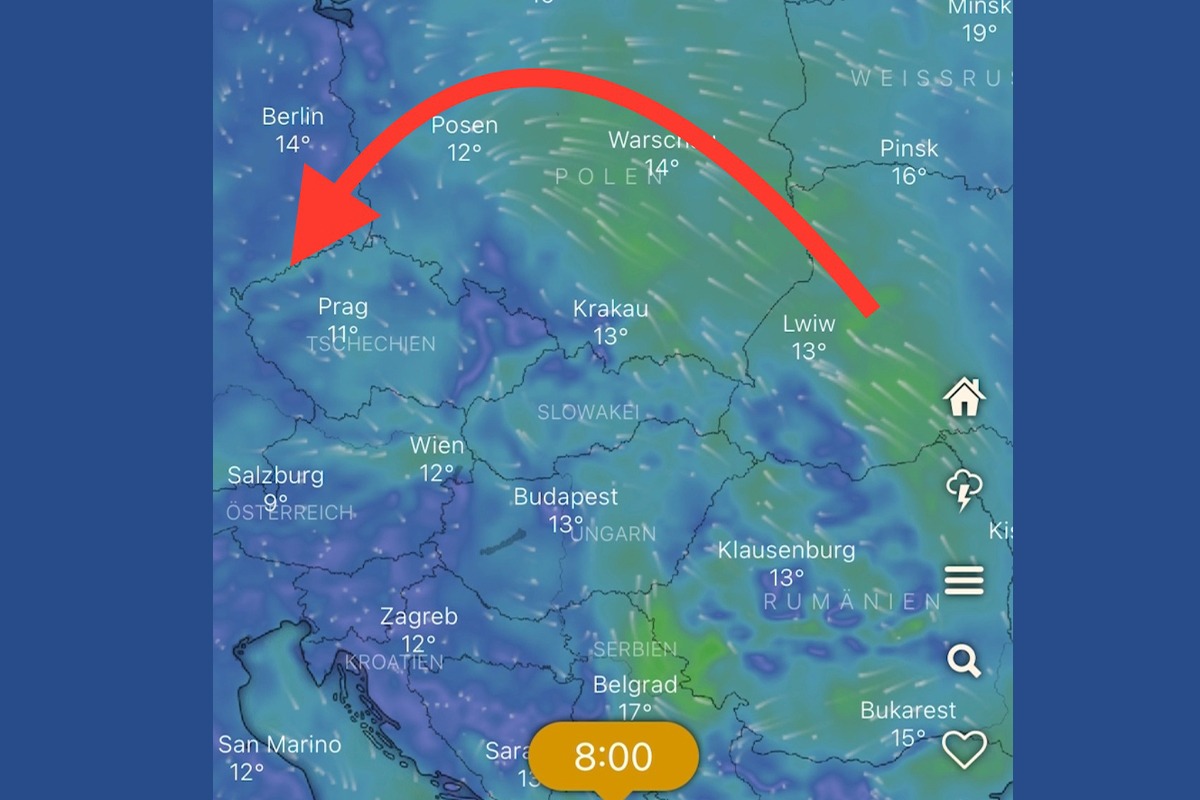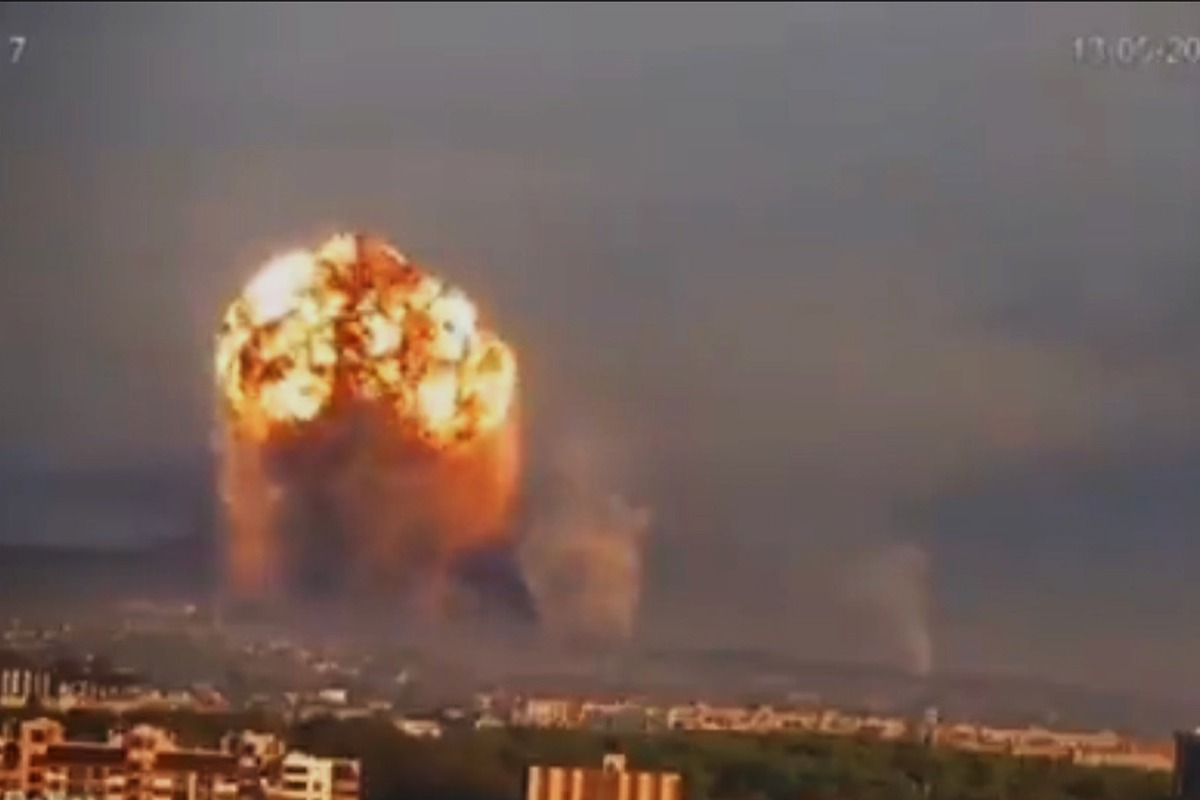NEW DELHI: A series of explosions at an ammunition depot in western Ukraine has led to a significant increase in gamma radiation levels, suggesting the release of depleted uranium dust into the air which could pose severe risk to public health.
The explosions in Khmelnytsky are believed to have been caused by Russian missile strikes. The resultant fire is being remotely extinguished by robots, according to Russian and Ukrainian experts.
Depleted uranium munitions, while typically emitting minimal gamma radiation, are known to pose risks when a large stockpile is destroyed, as is suspected in the Khmelnytsky incident.
The effects of gamma radiation can be particularly detrimental to cellular structures and DNA/RNA molecules, with an extended range of damage in fluids such as gas or liquid.
Meanwhile, the British Department of Defense (DoD) has confirmed that it provided depleted-uranium tank rounds to the Ukrainian armed forces, raising concerns that similar radio emissions could recur as the Russia-Ukraine war proceeds to more intensified battles.

Reports indicate that the detonated warehouse in Khmelnytsky contained a substantial quantity of depleted uranium shells, causing alarm among locals and prompting residents to evacuate nearby areas.
Dosimetric patrols are working in the city, conducting radiation background measurements in uncharacteristic locations. Previous measurements were concentrated around the Khmelnytsky Nuclear Power Plant but have now expanded to cover the regional center, western regions of the area, and Ternopil.
The prevailing wind direction, blowing westward at the time of the explosions, has raised concerns about the potential spread of radioactive particles toward Germany.
Yuri Kot, a political scientist, has stated that his sources confirm the presence of a large stockpile of depleted uranium shells in the destroyed Khmelnytsky warehouse.
Residents have expressed panic and are reportedly gathering their belongings and leaving the affected areas, including Khmelnytsky, Lviv, and Ternopil.
Following the explosions, gamma radiation levels in Khmelnytsky have continued to rise steadily. This surge is particularly concerning as depleted uranium typically emits only a low dose of gamma radiation, suggesting the destruction of a significant quantity of munitions and the release of uranium dust into the surrounding environment.
Authorities have yet to provide official statements regarding the ongoing work of dosimetric patrols and the extent of the damage caused by the explosions.

